FREE Shipping on Orders over $89 with Account – Create One Today!
- (844)-859-9400
- Get Help
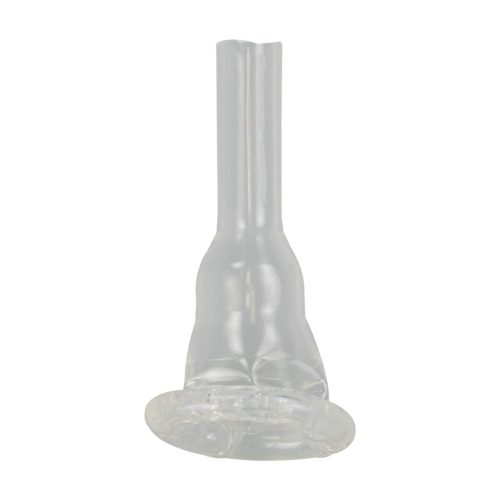
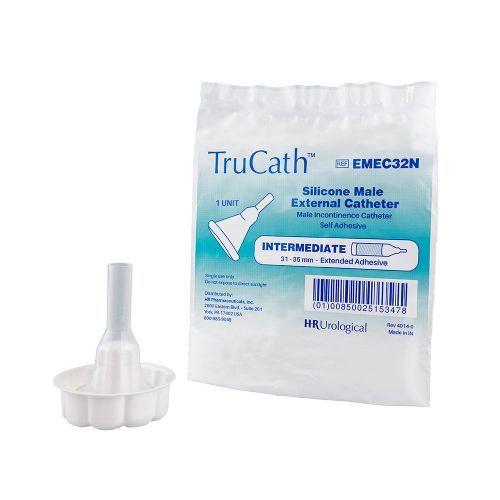
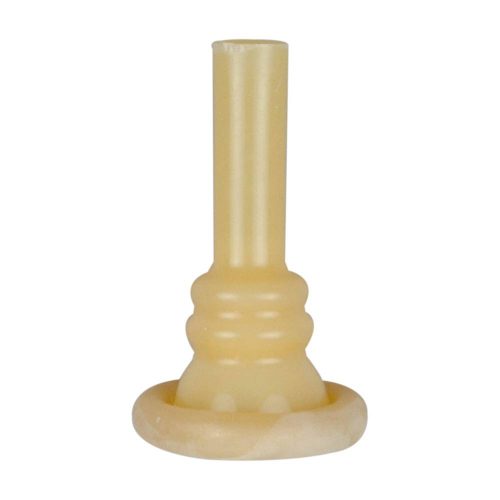
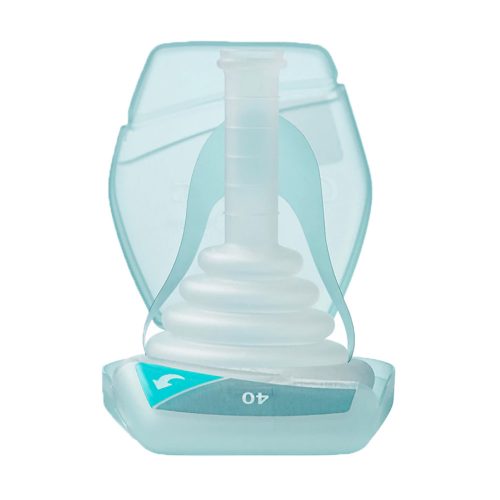
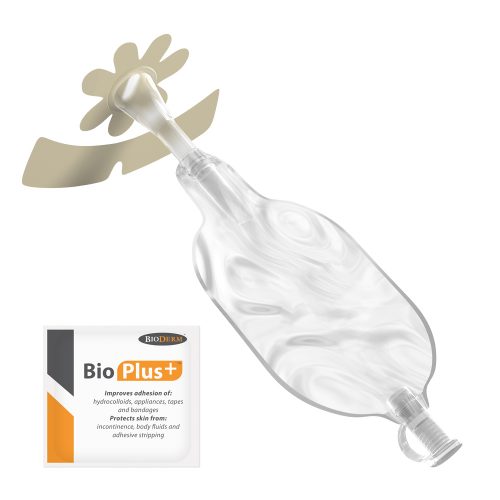
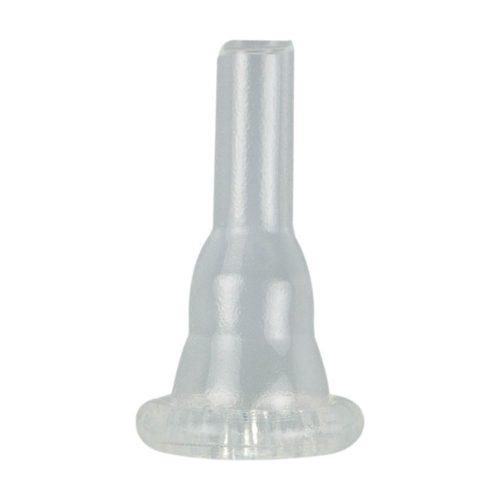
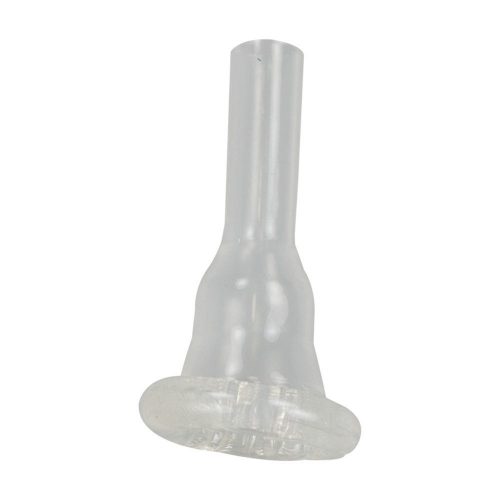
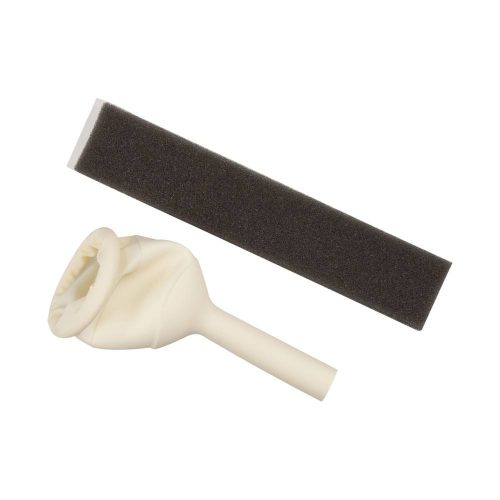
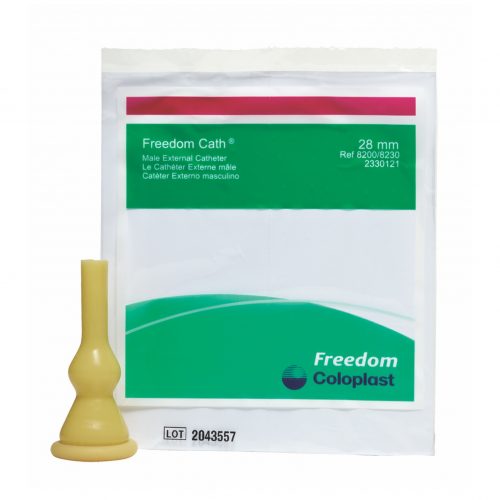
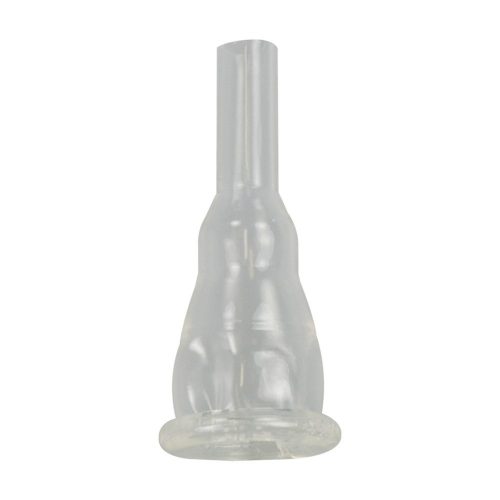
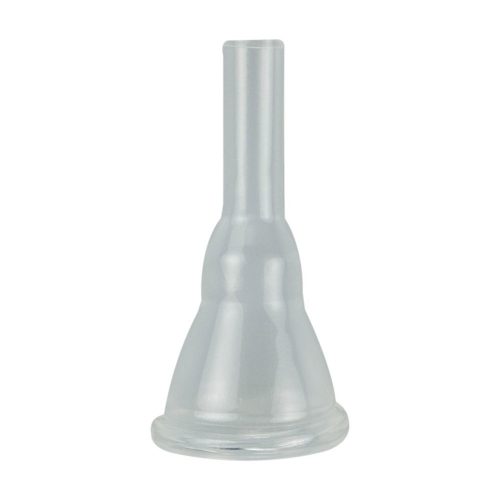
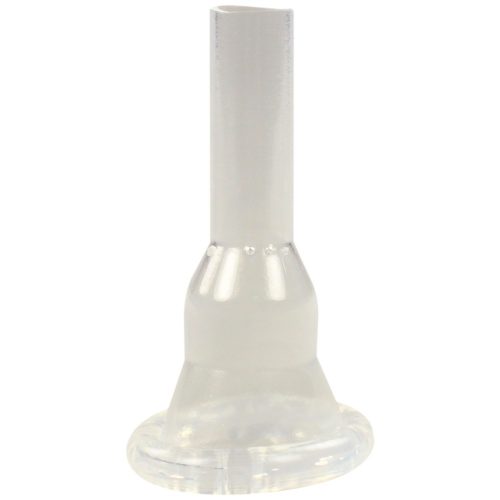
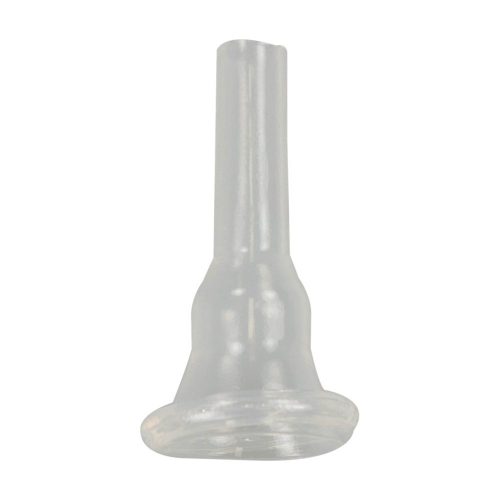
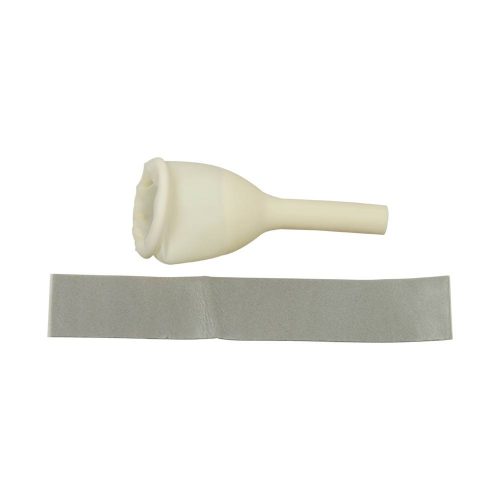
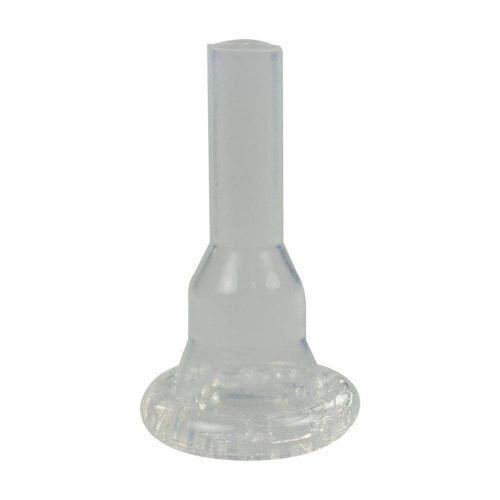
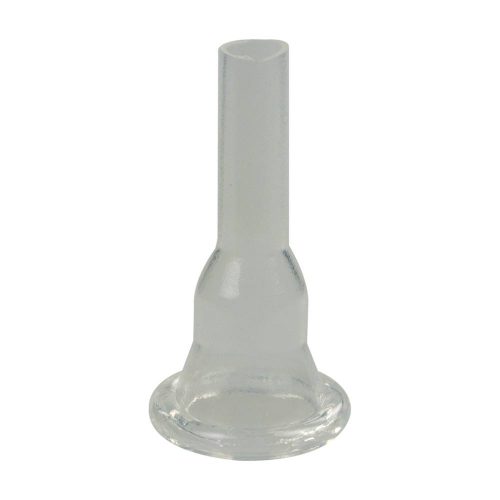
External catheters for men are designed to be worn like a condom over the penis. A condom-like tip attaches to a tube and then to a bag to collect urine. External catheters are disposable and made from latex or silicone.
Unlike intermittent or Foley catheters, external catheters don’t pass through the urethra and, instead, are rolled on like a condom. Once it’s in place, the patient’s urine passes through a tube to a drainage bag. As well, this type isn’t for constant wear: patients living with incontinence have the option to put them on only at night to prevent leaks.
Due to this last point, it’s crucial to find the right fit and type to ensure comfortable, convenient usage and to prevent leaks.
External catheters are available:
Shop catheters in various sizes with or without adhesives and sheath straps to help keep them in place. Also find tubing, leg bags and other urine collection supplies that work with external catheters for men.
Unlike external catheters, Indwelling or Foley catheters involve a tube inserted through the urethra and into the bladder to drain urine. While health conditions like dementia or bladder stones may be more suitable for indwelling catheters, there are advantages and disadvantages to using both. Note: Self-administering a Foley catheter must be approved by a doctor.
Because they are not invasive, male external condom catheters bring a lower risk of urinary tract and other infections than Foley catheters. They also tend to be more comfortable, less restrictive of movement and easier to self-administer at home than indwelling catheters.
Along with these benefits:
External Catheter Disadvantages: Using the wrong size of external catheter can cause it to fall off or leak. Skin irritation including allergic reactions to latex in the catheter or adhesive can occur. Because they are relatively easy to remove, external catheters for men suffering dementia are not recommended.
To determine the right size, the patient is recommended to measure the circumference of the penis at its widest point. This should be done when the patient is sitting down on the edge of a chair or bed and has his legs apart. If the measurement falls between sizes, size down to reduce leaks while in use.
Beyond leakage, a poor fit can lead to irritation and skin breakdown, is more likely to fall off and may pose complications with removal.
